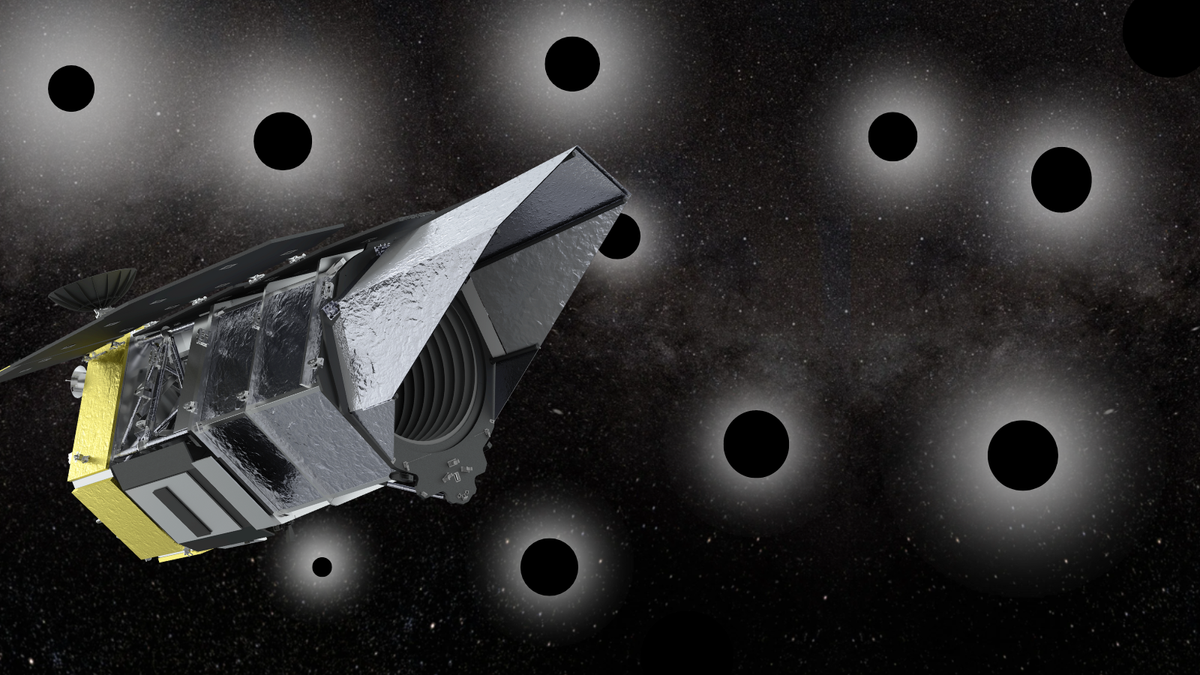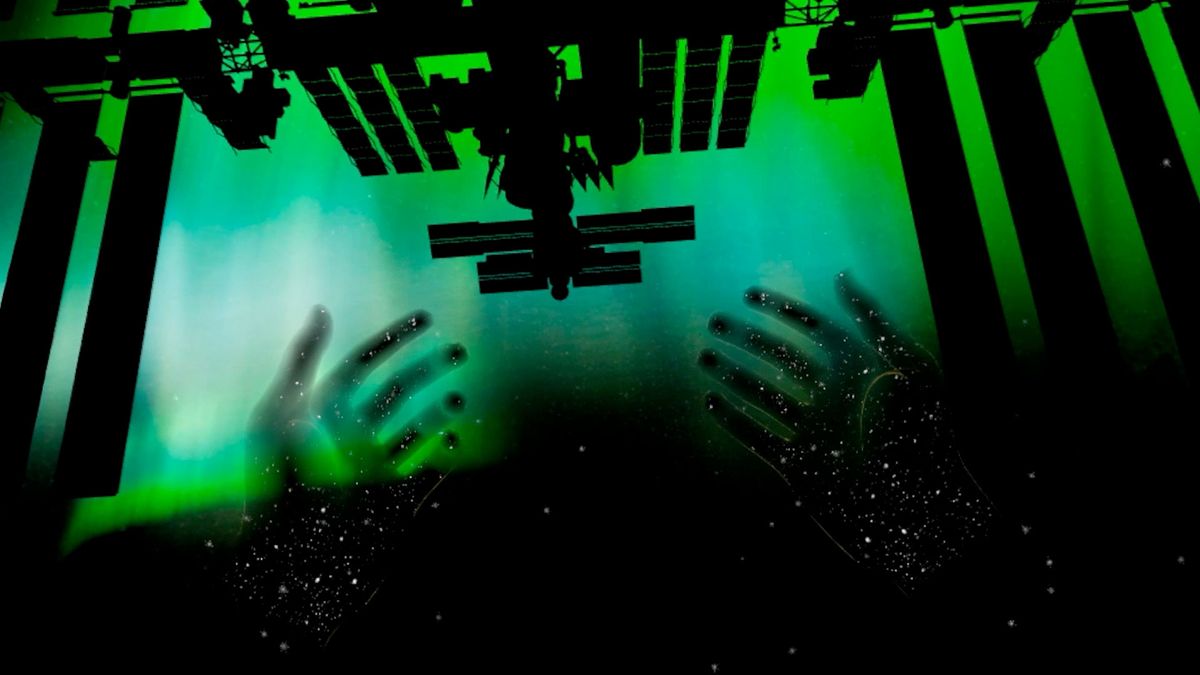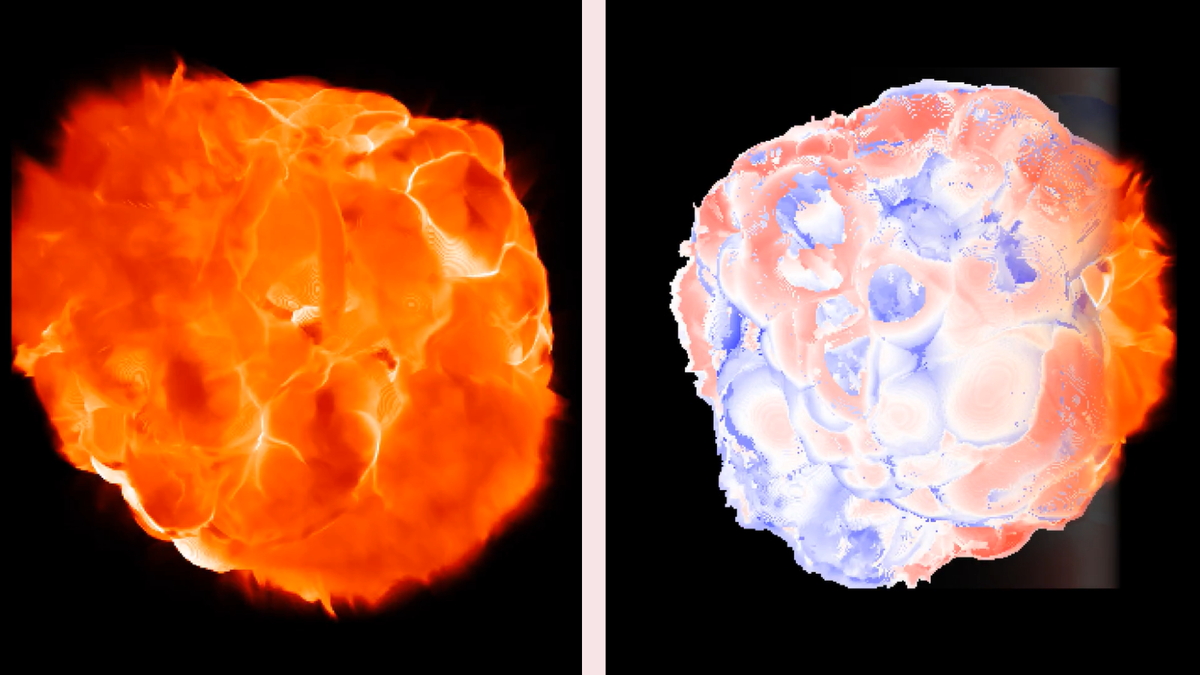Nancy Grace Roman Space Telescope to Hunt for Earth-Mass Primordial Black Holes
Black holes have long been a fascinating subject of study in the field of astronomy. NASA’s upcoming Nancy Grace Roman Space Telescope is set to embark on a mission to hunt for tiny black holes that are believed to have originated from the Big Bang. While the common perception of black holes often revolves around massive cosmic entities such as stellar-mass black holes and supermassive black holes found at the cores of galaxies, scientists are theorizing the existence of much smaller black holes with masses comparable to that of Earth. These Earth-mass primordial black holes are believed to have been present in the universe since its inception approximately 13.8 billion years ago.
Uncovering the Mysteries of Earth-Mass Primordial Black Holes
The quest to detect Earth-mass primordial black holes represents a significant advancement in the realms of astronomy and particle physics. These enigmatic objects defy conventional knowledge, as they cannot be formed through known physical processes. A team of researchers led by William DeRocco from the University of California Santa Cruz is leveraging the capabilities of the Roman Space Telescope to shed light on these ancient cosmic entities. The discovery of Earth-mass primordial black holes would challenge existing theoretical frameworks and usher in a new era of exploration in the field of physics.
While stellar-mass black holes are the smallest confirmed black holes to date, scientists believe that the conditions during the early stages of the universe’s formation may have favored the creation of much smaller black holes. These primordial black holes could have originated during the chaotic and turbulent period following the Big Bang, when regions of higher density collapsed to give rise to these miniature cosmic anomalies.
The Enigmatic Nature of Black Holes
Central to the study of black holes is the concept of the event horizon, the boundary beyond which even light cannot escape the gravitational pull of the black hole. The size of the event horizon is directly influenced by the mass of the black hole, with larger masses resulting in wider event horizons. For instance, a supermassive black hole like M87* boasts an event horizon spanning billions of miles, while an Earth-mass black hole would have a minuscule event horizon comparable to the size of a dime.
Stephen Hawking’s groundbreaking research on black hole evaporation introduced the notion of Hawking radiation, positing that black holes emit radiation and eventually evaporate over time. This raises intriguing questions about the longevity of primordial black holes, as their small masses would lead to rapid evaporation according to Hawking’s predictions.
Challenges in Detection and Significance of Findings
Identifying primordial black holes is no easy feat, as they lack any visible emissions and are shrouded in mystery. The Roman Space Telescope will utilize gravitational lensing, a principle derived from Einstein’s general relativity, to detect the subtle effects of these elusive objects. By observing the gravitational lensing phenomena caused by Earth-mass primordial black holes, astronomers aim to unravel the secrets of the universe’s early history and potentially revolutionize existing scientific paradigms.
Moreover, the phenomenon of microlensing, employed in the study of rogue planets drifting through the Milky Way, offers a promising avenue for detecting Earth-mass objects that could be indicative of primordial black holes. The Roman Space Telescope is poised to significantly enhance the detection capabilities in this domain, paving the way for unprecedented insights into the nature of our cosmos.
As scientists gear up to explore the frontiers of astronomy and delve into the realm of primordial black holes, the implications of such discoveries extend far and wide. Whether confirming the existence of Earth-mass black holes or unveiling new facets of the universe’s intricate tapestry, the journey towards understanding these cosmic enigmas promises to be a transformative endeavor.
Image/Photo credit: source url





